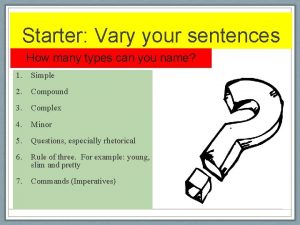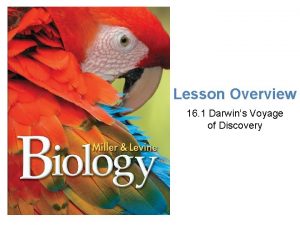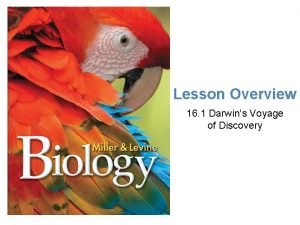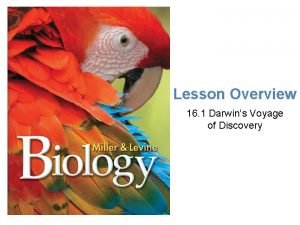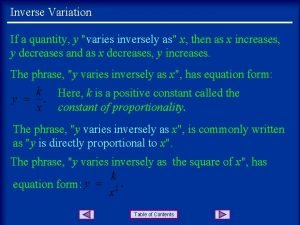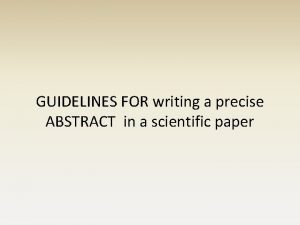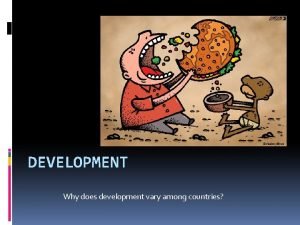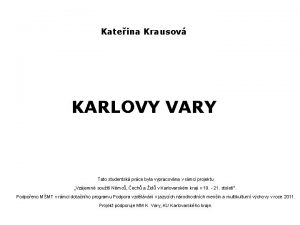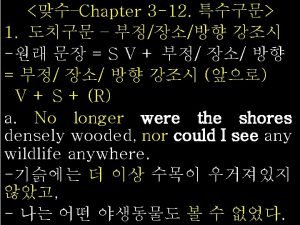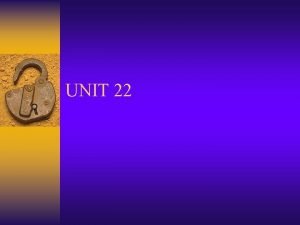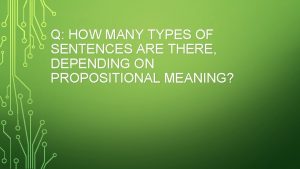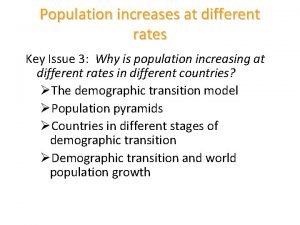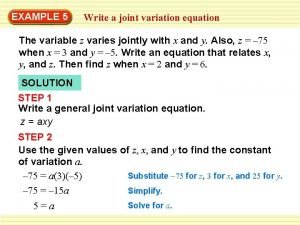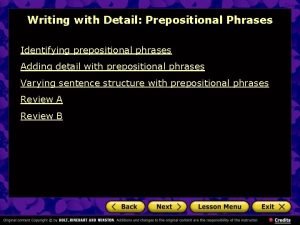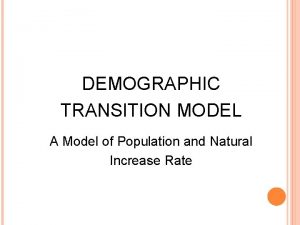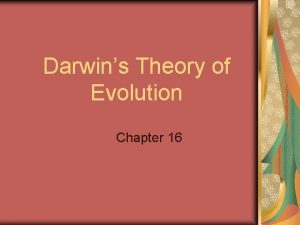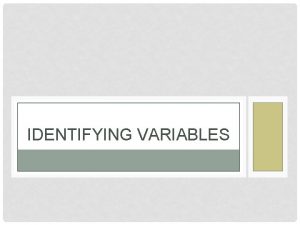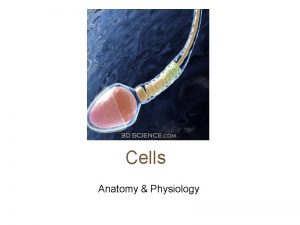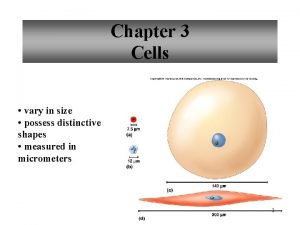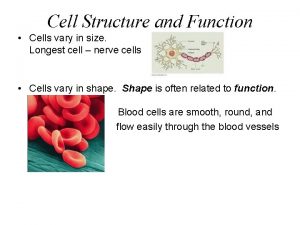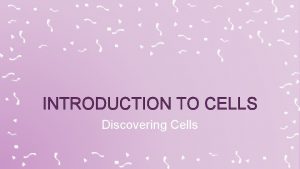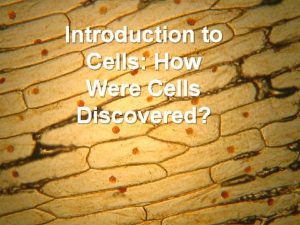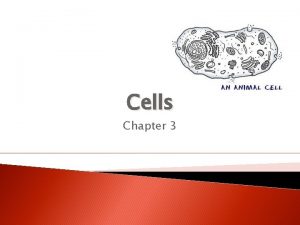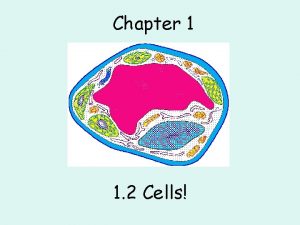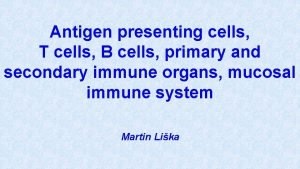Chapter 3 Cells 3 1 Introduction Cells vary











































- Slides: 43

Chapter 3 Cells

3. 1 -- Introduction �Cells vary greatly in size, shape, content, and function depending on their purpose �Over 200 different types of human cells

3. 2 -- Composite Cell �Impossible to describe a “typical” cell �Composite cell �Includes almost all cell structures, but does not actually exist �Used to show different parts of cell �Everything found outside the cell is known as extracellular material.

Composite Cell

3 Basic Parts of all Human Cells 1. Cell Membrane � “City wall” � Encloses the cell � Semi-permeable

Cell Membrane �Also called “plasma membrane” �Actively functioning and selectively permeable—the membrane chooses what goes in and out �Structure: �Lipids, proteins, and carbohydrates �Phospholipid bilayer �Phosphate head = hydrophilic “water loving” �Fatty Acid tail = hydrophobic “fears water”

* Phospholipids make up the membrane with proteins embedded to help regulate what comes across the membrane

3 Basic Parts of Cell 2. Nucleus – “mayor of city” � Houses genetic material � Controls cell activities � has “nuclear pores” in membrane � Contains nucleolus: small, dense body of RNA and protein that creates ribosomes

3 Basic Parts of Cell 3. Cytoplasm � Fills out the cell � Holds the organelles � Organelles: specialized structures within the cell; “tiny organs”

Organelle Function Cell Membrane Nucleus Nucleolus Mitochondrion Vesicle Rough ER Smooth ER Lysosome Golgi Apparatus Golgi Vesicles Ribosome Cytoplasm Microtubules Centrioles

Organelles Mitochondria - “energy plant” - site of cellular respiration - creates ATP (used for energy)

Organelles Vesicles - “taxi” - membranous sacs - bring substances into and out of cell Lysosome - “garbage disposal” - digestive sacs that use enzymes to break down bulky molecules

Organelles Golgi Apparatus - “post office” - refines, packages, and delivers proteins from the ER - Golgi Vesicles: responsible for transporting the proteins

Organelles Endoplasmic Reticulum – “Highways and road systems” – Transport system; passageways connect membrane to nucleus and to organelles in cell - Smooth ER: lipid synthesis (for membrane) - Rough ER: contains ribosomes for protein synthesis (sent from nucleolus)

Organelles Ribosomes - “lumber/brick yard” - use ingredients from RNA and amino acids to assemble proteins

Organelles Microtubules - “steel girders” - composed of protein “tubulin” - form cytoskeleton of cell (provide structure) Centrioles - “plastic surgeons” - help to split the chromosomes and divide the cell


3. 3 – Movement through Cell Membranes �Two types: �Passive (does not require energy) �Active (requires energy) http: //www. youtube. com/watch? v=d. PKv. Hr. D 1 e. S 4

Passive Mechanisms 1. Diffusion �Passes through lipid bilayer �Molecules spread from HIGH to LOW across the concentration gradient �Seeks equilibrium: balanced, uniform state �Concentration gradient – difference in concentration of molecules

Diffusion

Passive Mechanisms 2. Facilitated Diffusion �Facilitated = uses help �Use proteins as passageways �Used if particles are too big to pass through membrane

Facilitated Diffusion

Passive Mechanisms 3. Osmosis �Diffusion of water molecules through protein channels �Isotonic – balance of osmotic pressure �Hypertonic – too much water leaving cell (high osmotic pressure outside cell) �Hypotonic – too much water entering cell (low osmotic pressure outside cell)

Osmotic Pressure

Osmotic Pressure


Passive Mechanisms 4. Filtration �Forces molecules through membranes (typically blood vessels)


Active Mechanisms 1) Active Transport – moves particles from LOW to HIGH concentrations against the concentration gradient using carrier molecules � carriers can be called “pumps” � Uses ATP for energy

Active Mechanisms 2. Endocytosis- brings large particles INTO the cell a) Pinocytosis – “cell drinking”; takes in liquids and dissolved particles b) Phagocytosis – “cell eating”; takes in solids such as debris and bacteria c) Receptor-mediated endocytosis- moves SPECIFIC particles into the cell �Attach to “LIGANDS” �Attachment is called a “receptor-ligand combination”


Active Mechanisms 3. Exocytosis – moves large particles OUT of cell using vesicle fusion (debris or small particles) 4. Transcytosis – Combines endocytosis and exocytosis to move particles all the way through the cell �Used for very specific purposes �Ex: To test food foreign particles


Section 3. 4 The Cell Cycle �Series of changes in a cell from when it forms to when it divides

Mitosis ● Purpose: Growth and repair ● 1 division ● Results in full set of chromosomes (46 chromosomes)

Meiosis �Purpose: preparation for reproduction � 2 divisions �Half set of chromosomes (23 chromosomes) �Result: eggs (female) and sperm (male)

Interphase �LONGEST phase in cell cycle � 4 stages �G 1 phase: cell grows and duplication of organelles outside nucleus occurs �S phase (synthesis): genetic material replicates �G 2 phase: cell finishes growing and duplicating organelles; acts as a checkpoint �G 0 phase: brief resting phase (or possibly permanent– ex: neurons)

Prophase �Centrioles move to opposite ends of cell �Nuclear envelope disappears �Chromatin condenses into chromosomes �Spindle fibers form

Metaphase �Chromosomes line up at equator �Spindle fibers attach to centromeres

Anaphase �Spindle fibers shorten �Chromosomes separate and move to ends of cell

Telophase �Chromosomes are at either end of cell �Chromosomes “unwind” into fibers �Nuclear envelope reforms �Cytokinesis begins

Cytokinesis �Division of membrane and cytoplasm �Membrane constricts (cleavage furrow) �Cell separates into two new cells

After Division the Cell may… 1. Die – this is called APOPTOSIS 2. Continue dividing and producing more cells – STEM CELLS 3. Become specialized; for example, turn into a nerve cell or bone cell – DIFFERENTIATION
 Chapter 8 cellular reproduction cells from cells
Chapter 8 cellular reproduction cells from cells Why do individual languages vary among places?
Why do individual languages vary among places? Vary your sentences
Vary your sentences Lesson 1 darwins voyage of discovery
Lesson 1 darwins voyage of discovery Species vary locally examples
Species vary locally examples Darwin's voyage of discovery
Darwin's voyage of discovery Pematex karlovy vary
Pematex karlovy vary Quantity y varies inversely as quantity x.
Quantity y varies inversely as quantity x. Abstracts vary by discipline
Abstracts vary by discipline Why does development vary among countries?
Why does development vary among countries? Answers vary
Answers vary Vary variety various
Vary variety various Adverb openers examples
Adverb openers examples Pr��ce karlovy vary
Pr��ce karlovy vary Key issue 3 why do individual languages vary among places
Key issue 3 why do individual languages vary among places People vary
People vary Vary various variety
Vary various variety Vary sentence length example
Vary sentence length example How many types of sentences are there
How many types of sentences are there Key issue 3 why does population growth vary among regions
Key issue 3 why does population growth vary among regions Joint variation formula examples
Joint variation formula examples Sentences with because
Sentences with because Vary preposition
Vary preposition Participle preposition
Participle preposition Godreamvacations
Godreamvacations Why does population growth vary among regions
Why does population growth vary among regions Species vary locally main idea
Species vary locally main idea Artificial selection
Artificial selection How much does the fat content of brand x hot dogs vary
How much does the fat content of brand x hot dogs vary Waters view
Waters view Alpha intercalated cell
Alpha intercalated cell Parafollicular cells vs follicular cells
Parafollicular cells vs follicular cells Gametic cells vs somatic cells
Gametic cells vs somatic cells Somatic vs germ cells
Somatic vs germ cells Red blood cells and white blood cells difference
Red blood cells and white blood cells difference Prokaryotic vs eukaryotic cells
Prokaryotic vs eukaryotic cells Venn diagram plant vs animal cells
Venn diagram plant vs animal cells Prokaryotic vs eukaryotic cells venn diagram
Prokaryotic vs eukaryotic cells venn diagram Cell organelle jeopardy
Cell organelle jeopardy Masses of cells form and steal nutrients from healthy cells
Masses of cells form and steal nutrients from healthy cells Younger cells cuboidal older cells flattened
Younger cells cuboidal older cells flattened Prokaryotic cells vs eukaryotic cells
Prokaryotic cells vs eukaryotic cells Is a red blood cell prokaryotic or eukaryotic
Is a red blood cell prokaryotic or eukaryotic Cells cells they're made of organelles meme
Cells cells they're made of organelles meme


